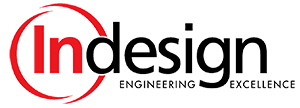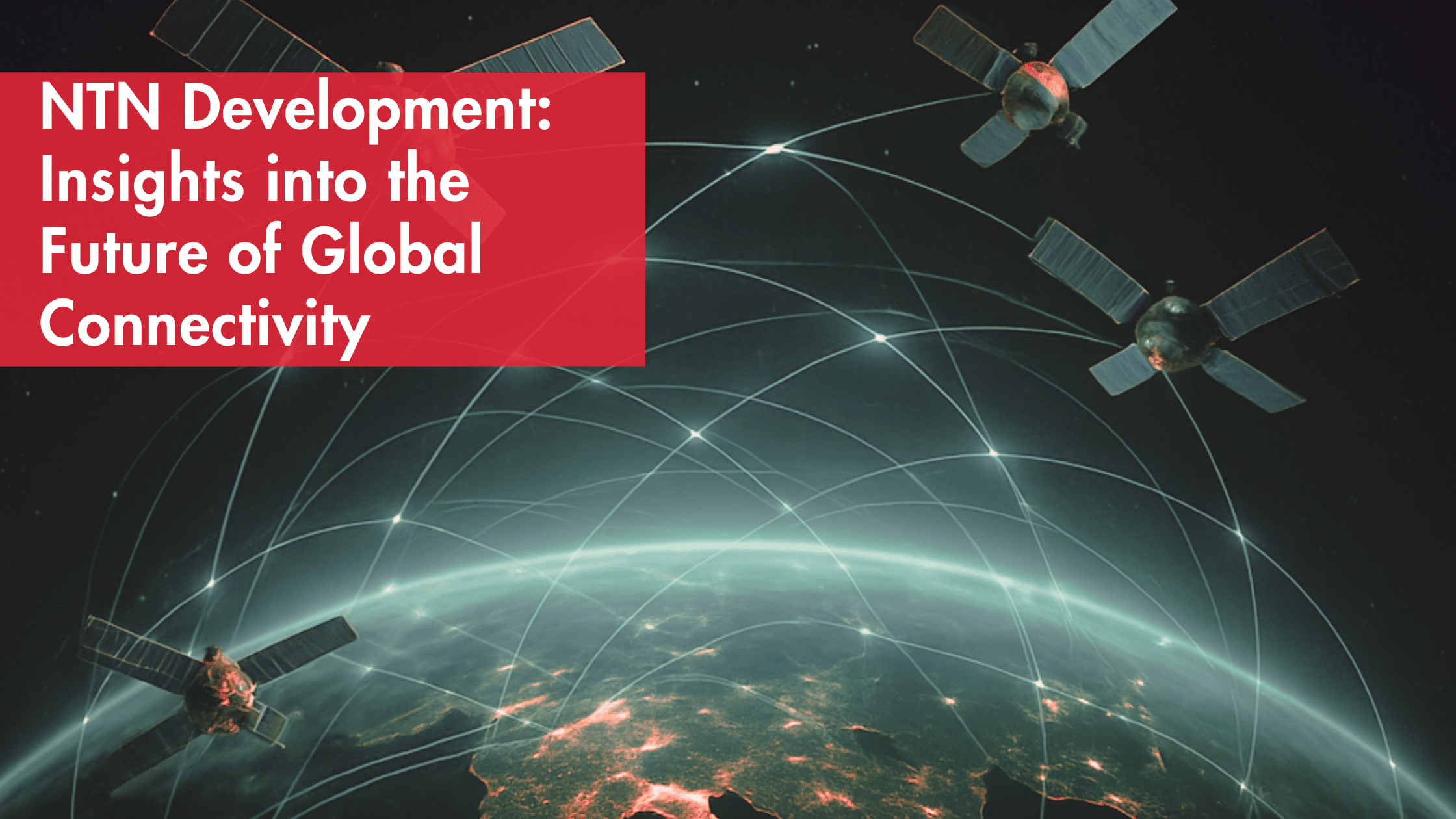NTN Development: Insights into the Future of Global Connectivity
As the world becomes increasingly interconnected, the demand for seamless, global communication continues to grow. While terrestrial (e.g. cellular) networks have made impressive strides in connectivity and speed, they still fall short in remote, rural, and underserved regions. To fill this gap, Non-Terrestrial Networks (NTNs) are being rapidly adopted as a transformative technology set to redefine the boundaries of connectivity. In this blog, you'll gain insight into the engineering excellence behind NTN development and the innovations driving this next frontier in wireless communication.
What Are Non-Terrestrial Networks?
NTNs refer to forms of communication systems that operate through spaceborne or airborne platforms such as:
Low Earth Orbit (LEO) satellites: These satellites orbit at altitudes between 500 to 2,000 kilometers above Earth. Because of their proximity, they offer low-latency, high-bandwidth communication and are ideal for real-time applications like voice and video. LEO constellations (like Starlink and OneWeb) use networks of numerous satellites working together to provide global broadband internet coverage, especially in underserved and remote areas.
Geostationary (GEO) satellites: Positioned approximately 35,786 kilometers above the equator, GEO satellites appear stationary from the Earth’s surface. They provide broad coverage areas, making them ideal for broadcast services, weather monitoring, and emergency communications. However, their higher altitude can introduce latency, which may affect real-time applications. Still, they play a critical role in resilient backbone communications, especially when terrestrial infrastructure is compromised.
High-Altitude Platforms (HAPs): These include unmanned balloons, airships, or drones operating at altitudes of around 20 kilometers in the stratosphere. HAPs can act as pseudo-satellites, delivering localized, flexible, and rapidly deployable wireless coverage. They’re especially useful for disaster recovery, rural connectivity, and military operations, and can be repositioned as needed to optimize service delivery.
These platforms create a resilient, scalable, and globally accessible communication infrastructure, especially valuable when traditional communication systems such as cell towers are impractical or too costly to deploy. Key NTN use cases include:
Direct-to-device (D2D) satellite connectivity
IoT communication in remote areas
Emergency and disaster recovery communications
Maritime and aviation broadband
You may already be familiar with NTN technologies, such as Starlink for home internet or Iridium for satellite phones.
Engineering Challenges in NTN Development
If you’re considering integrating NTNs into your product, it’s important to understand the unique engineering challenges involved. At Indesign, LLC, we help you navigate this complex landscape of evolving technologies and changing standards:
1. Latency and Doppler Effects
LEO satellites move at high speeds relative to the Earth, introducing Doppler shifts and variable latency. At Indesign, we design antennas and develop firmware that compensates for these effects to maintain functionality and signal integrity.
2. Interoperability with 5G and Beyond
As NTN technology continues to progress and integrate with 5G and 6G technology, keeping pace with updates to the 3GPP standard and the latest silicon offerings becomes essential. At Indesign, we ensure your product design aligns with these evolving requirements to future-proof your device.
3. Power and Size Constraints
Battery-powered and embedded devices have strict limitations on power consumption and payload sizes. Communicating with NTNs requires significantly more power to transmit and remain connected compared to terrestrial networks. When you work with Indesign, we balance functionality with power efficiency to meet strict payload and energy requirements without compromising performance.
4. Security and Resilience
As NTNs become more widely used, they will become more of a target for cyber-attacks. Designing a new product will require robust encryption, authentication, and anomaly detection mechanisms. At Indesign, we build in robust encryption, authentication, and anomaly detection to protect your product and its data from potential attacks.
Innovation in Action: Building a Strong Foundation for NTN Projects
At Indesign, all projects begin with gathering the system and device requirements and clearly defining the scope of the project. For NTN capable devices, it is especially important to choose the correct hardware based on the requirements for communication types, power needs, latency, and device location. Our engineering team has expertise in product development with a wide range of NTN-capable microcontrollers and modems such as Nordic, Quectel, Iridium, and more. We also have expertise with different NTN providers such as Skylo, Iridium, Starlink, and Inmarsat.
In my personal recent experience working on an NTN-enabled product, I developed a custom communication protocol utilizing the Iridium network that allowed multiple sensor boards to communicate back to a centralized device. The centralized device provided the user with processed data about the remote environment. The amazing part about this product was that the user who processed this data was nowhere near the location of these sensors. A team of people was able to set up these remote sensors, and the user was able to process the data as close to real time as possible and provide the team in this remote location with instructions based on the provided information.
The Road Ahead
As NTN technology matures, the potential for truly global, seamless connectivity becomes reality. The integration of NTNs into mainstream products will unlock new possibilities in connectivity in consumer, industrial, and military applications.
At Indesign, we combine proven development processes, a deep understanding of NTN technology, and hands-on experience to deliver robust solutions tailored to your needs. Whether leveraging standard services to accelerate development or crafting custom solutions to meet unique requirements, our team is equipped to help you navigate every step of the journey.
If you’re planning an NTN-connected device or struggling with hardware integration, contact us today at (317) 377-5450 for a personalized consultation and discover how Indesign can help you achieve engineering excellence. We also specialize in electrical, RF/wireless, embedded software, and mechanical design!
Read More






